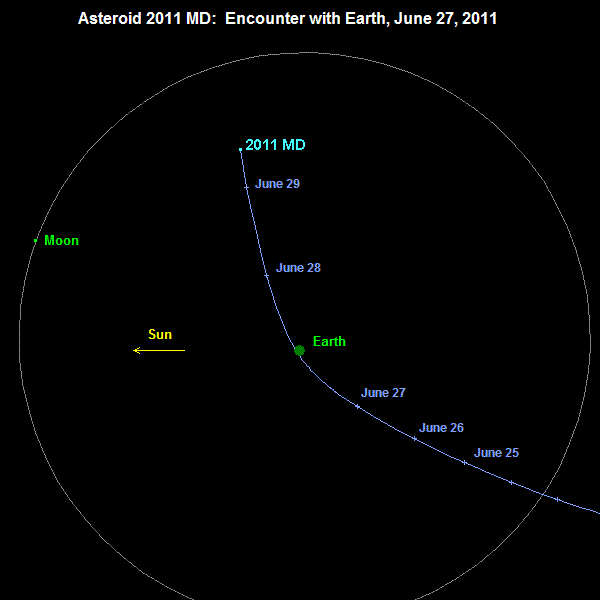“It was a meteor strike–the most powerful since the Tunguska event of 1908”
ScienceAtNasa has a sobering video on the latest information about the visitation by the god Ogdy unexpected meteor strike in the Chelyabinsk region of Russia on 15 February. Video credit: ScienceAtNasa. From the accompanying ScienceAtNasa press release The Russian meteor’s infrasound signal was was the strongest ever detected by the CTBTO network. The furthest station to record the sub-audible sound was 15,000km away in Antarctica. Western Ontario Professor of Physics Peter Brown analyzed the data: “The asteroid was about 17 meters in diameter and weighed approximately …

